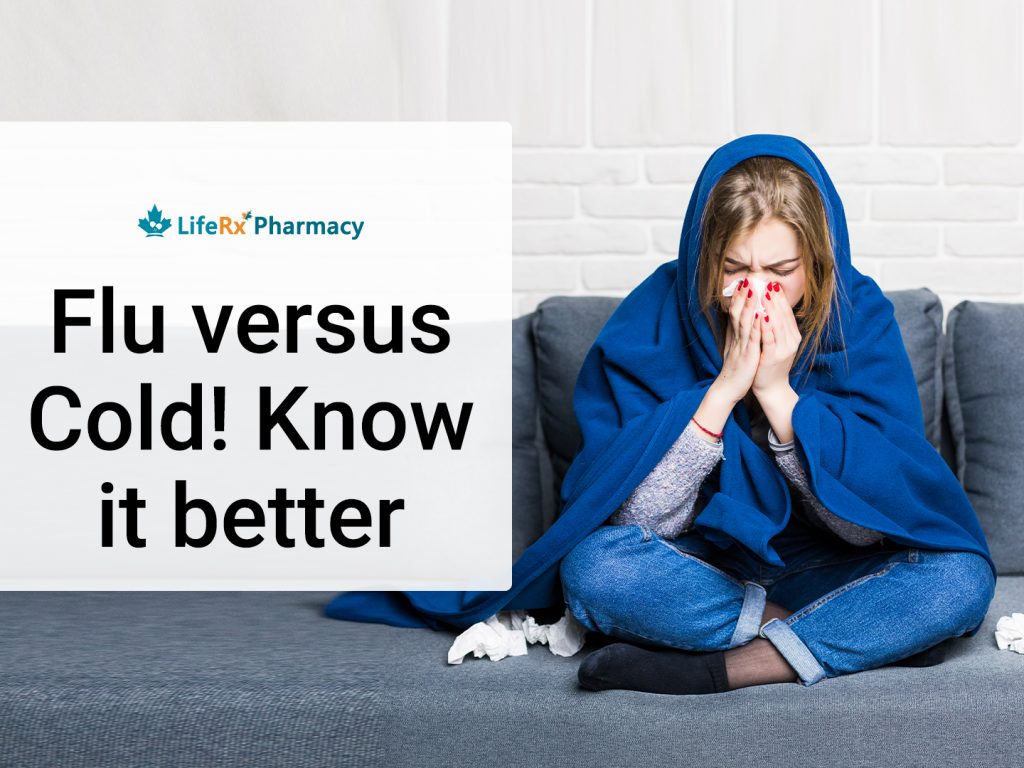For decades, the US drug import costs have mainly been free of tariffs. However, in early July, Donald Trump announced 200% tariffs to boost drug manufacturing operations in the United States.
Speaking of this, many top-rated drug companies announced US investment plans for 2025 in an attempt to make good relations with the president. However, the complexity of the drug supply chains pointed out that the situation will still not be favorable to reducing US reliance on the foreign drug market.
The latest news on the US pharmaceutical tariff speaks about President Donald Trump’s threat to proposeup to a 250% rise in the tariff on pharmaceutical imports. This tariff is so far the steepest in the pharmaceutical sector.
Donald Trump proposed that the initial tariff plan that will be imposed on pharmaceutical companies will be small, and then after a year or a year and a half, the tariff rate will be increased first to 150% and then to 250%.
The latest US pharmaceutical tariff plans will come as a major threat, as top pharmaceutical firms have reported profits despite looming tariffs. Potential impacts of tariff proposals include a medicine price increase, held-back investments in the US, and a shortage of drug supply, putting patients at risk. To avoid this, Donald Trump has asked the drugmakers to take steps to cut down the prices of US drugs by 29 September.
What the New US Tariff Plans Mean for the Pharmaceutical Industry
As per expert insights, the US Pharmaceutical Tariff Plans will have the following impacts on the pharmaceutical industry:
- Relocation of foreign drugmakers’ manufacturing units in the US and more investments for domestic drug production.
- Immediate profitability to drugmakers due to a high-tariff-driven rise in drug retail costs.
- Elevated risk of shortage in the supply of critical drugs that were once imported.
- Strategic realignment of drug supply chains.
- The US government’s switch to “most-favored nation” drug pricing aims to regulate the hike in drug pricing.
- Drug market collapse- a global disruption.
Key Medicines and Products Affected by the Tariff Changes
US pharmaceutical tariff plans will mainly impact:
- Low-margin therapeutic Equivalents- These include orals, topicals, and injectable drugs, as well as over-the-counter pain relievers.
- API and drug intermediates- These are the intermediate medicines and active pharmaceutical ingredients sourced from cheap countries like India and China to prepare drugs of classes antibiotics, oncology, pain therapy, antivirals, and more.
- Cancer drugs- Most chemotherapy-supportive/cancer drugs are not manufactured in the US.
- Pharmaceutical manufacturing equipment like compression machines, dryers, and others; sterile packaging materials like glass vials and others; and many medical devices
- Biosimilars and biologics- These include drugs used for gene therapies, based on monoclonal antibodies, or having recombinant proteins of infection-causing viruses.
Impact on Prices for Consumers and Healthcare Providers
The latest Tariff Plans will impact consumers by:
- Raising the US drug costs- The pharmaceutical consumers will start facing an out-of-pocket burden.
- Staining drug supply and limiting health equity- The low-income and uninsured pharmaceutical consumers will not be able to receive the medications or healthcare products for their treatment and so will get sicker, potentially facing death.
Here’s what the impact of tariffs on healthcare providers will be:
- An increase in operational cost- Healthcare providers will be charging more for medical devices and healthcare delivery. The private or rural healthcare providers are most likely to experience cost shocks from high tariffs.
- Delay or shortage in supply of critical drugs/healthcare products- As drugmakers will be withdrawing from the US drug market due to losses, the healthcare providers at the hospitals will no longer have enough of a cheap drug supply chain to save patients’ lives.
- Load on insurance claims and reimbursement- The healthcare providers may have a delayed inflow of money as reimbursement for the treatment of insured patients. Also, the insurance premiums will become higher, and the insurance providers will be under pressure to cover the higher cost of drug purchases.
How Importers and Distributors Are Preparing
On hearing the news of high tariffs to be imposed on US pharmaceutical imports, the importers are distributors in the US pharmaceutical sector are responding by:
- Maximizing procurement of pharmaceutical and medical products from abroad sources.
- The strategic expansion of top pharmaceutical companies’ manufacturing footprint in the US.
- Strongly planning the supply chain scenario stimulated by tariff impacts.
- Reducing the reliance on drug/medical product supply chains situated in high-tariff regions.
- Exempting high tariffs for some time on critical or specialty drugs.
- Real-time monitoring of tariff plans and adjustments in strategies.
- Collaborating with the home country and the US pharmaceutical trade policy makers to influence tariff planning and execution.
Strategies to Reduce Costs Amid Rising Tariffs
The prescription, resulting from the rising US pharmaceutical tariffs, can be strategically controlled by connecting with tariff strategy experts. Here are some practical strategies worth considering:
- Switch to therapeutic equivalents of branded drugs or splitting of high doses, if approved by the pharmacist or doctor.
- Avail the benefit of discount prescription tools through top digital platforms.
- Consider mail-order and bulk purchase of medicine through an online LifeRx Pharmacy.
- Reduce out-of-pocket expenses by enrolling and using manufacturer copay and assistance programs.
- Consider nearby government hospitals, community health centres, and charity clinics for cheaper payouts on meds.
- Review and optimize your insurance coverage for the purchase of drugs.
- If possible, keep a stock of the medicine or refill the drug early before there is a shortage of supply.
- Speak with legal advisors about bills that support the regulation of hiked prices and stay updated about the US pharmaceutical tariff plans and reforms.
FAQ
What is the purpose of the new US pharmaceutical tariff plans?
The new US pharmaceutical tariff plans are the president’s bid to encourage foreign pharmaceutical companies to establish their manufacturing units in the US, as domestic production of drugs and healthcare products has seen a dramatic decline. They aim to reduce the US trade deficit by suppressing the country’s reliance on foreign pharmaceutical and healthcare product imports.
Which types of medicines are most likely to be affected?
As generic medicines, biosimilar/specialty drugs, sterile injectables and hospital drugs, active pharmaceutical ingredients and drug intermediates, and pain-relieving medicines, antibiotics, and cancer drugs- specifically low-margin products- are mostly imported in the US, all such medicines will probably be impacted by the 2025 proposed US pharmaceutical tariff plans.
When will the new pharmaceutical tariffs take effect?
The newly proposed pharmaceutical tariff is awaited to come into action. There will be a gradual implementation of tariff plans, starting small and potentially rising over 1 to 1 and a half years. The full tariff impact will take effect after the grace period by mid-2026-2027 or years ahead.
How will these tariffs impact patients in the US?
The patients will have to pay more for the purchase of several drugs and healthcare products, and also face critical drug/product shortages. Their medical insurance premiums will increase. The patients would get financially burdened, and their limited access to required treatments would deteriorate their health. The drugs they get may also not be passed through proper R&D.
Can consumers avoid paying higher prices due to tariffs?
Yes, with some strategies like switching to the purchase of affordable generic drugs; making online drug purchases with caution at mail-order or LifeRx Pharmacy; using savings programs offered by drugmakers; using certain state and federal prescription assistance programs; or asking the pharmacist or doctor for cheaper drug availability.
References:
- https://www.pwc.com/us/en/services/tax/library/tariff-industry-analysis-pharma-life-science-and-medical-device.html
- https://www.bbc.com/news/articles/cn93e12rypgo
- https://www.delveinsight.com/blog/us-tariffs-2025-impact-healthcare-pharma-strategies
- https://www.deccanherald.com/world/eyeing-domestic-production-donald-trump-says-tariffs-on-pharma-imports-may-go-as-high-as-250-3666898
- https://www.cnbc.com/2025/08/05/trump-says-pharma-tariffs-could-eventually-reach-up-to-250percent.html
- https://www.americancentury.com/insights/us-pharma-tariffs-impact/
- https://publichealth.jhu.edu/2025/tariffs-and-us-drug-prices
- https://johnshopkinssph.libsyn.com/904-tariffs-on-pharmaceuticals
- https://www.aoshearman.com/en/insights/ao-shearman-on-life-sciences/us-tariffs-in-the-pharmaceutical-sector
- https://cboh.kenaninstitute.unc.edu/publication/pharmaceutical-tariffs-and-their-implications-for-the-u-s-market/
- https://www.reuters.com/business/healthcare-pharmaceuticals/us-initially-impose-small-tariff-pharma-imports-trump-says-2025-08-05

